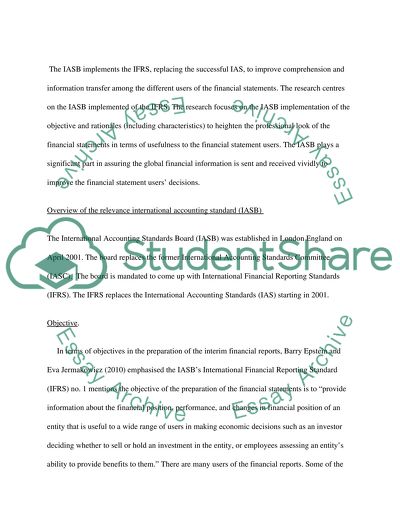Cite this document
(“Advanced Financial Reporting and Regulation: Interim Financial Coursework”, n.d.)
Advanced Financial Reporting and Regulation: Interim Financial Coursework. Retrieved from https://studentshare.org/finance-accounting/1447501-advanced-financial-reporting-and-regulation
Advanced Financial Reporting and Regulation: Interim Financial Coursework. Retrieved from https://studentshare.org/finance-accounting/1447501-advanced-financial-reporting-and-regulation
(Advanced Financial Reporting and Regulation: Interim Financial Coursework)
Advanced Financial Reporting and Regulation: Interim Financial Coursework. https://studentshare.org/finance-accounting/1447501-advanced-financial-reporting-and-regulation.
Advanced Financial Reporting and Regulation: Interim Financial Coursework. https://studentshare.org/finance-accounting/1447501-advanced-financial-reporting-and-regulation.
“Advanced Financial Reporting and Regulation: Interim Financial Coursework”, n.d. https://studentshare.org/finance-accounting/1447501-advanced-financial-reporting-and-regulation.


